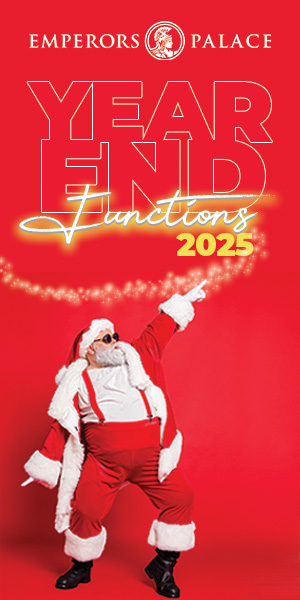Year-end function planning is as important, if not more so, as the many other company events throughout the year. Proper planning ensures high expectations going forward for the organisation’s number one asset – the employees. The MICE Academy shares its 10 rules for successful year-end planning.
Rule 1: Make sure management buy in to the overall recommended arrangements
Start with a themed, designed objective with an appropriate strapline, which shows the importance of the personnel to the company, together with a high positive expectation.
Rule 2: Plan the theme and entertainment around the agreed objectives
There should be a main focal point indicating the overall theme.
Rule 3: Decide on personnel demographic seating arrangements
Planners should break down atmospheric barriers that may be present. The most conducive seating are round tables of 10. Long tables or large squares inhibit dialogue and should be avoided.
Rule 4: Timelines
Once the objectives, theme and demographics have been considered, it is time to seek the appropriate venue. At the very latest, the first three rules should have been agreed by mid-year.
Rule 5: Venue selection
The theme, entertainment, demographics, capacity of the gathering as well as transport arrangements must be taken into consideration when selecting a venue.
Rule 6: Invitations, acknowledgement and reward
Make the invitation to which personnel should individually respond by a specific date an important occasion in which management requests the employee’s presence. Employers should take this opportunity to show how important the personnel as individuals are to the company. .
Rule 7: Budget considerations
Although a budget is usually allocated at the very outset and line items added along the way, with rule five and six decided upon, the budget should be regularly updated in order to ensure that any adjustments to the line items are taken into account.
Rule 8: Admin assistance
This is indeed the time to ensure there is admin backup. Of course, prior to the function, internal personnel should be utilised. However, for the actual day of the function it should be external individuals who understand the on-site organising and coordinating tasks.
Rule 9: Control and monitoring
It is imperative that the planner keeps a finger on the pulse on a regular basis, particularly as the event date draws closer, daily intervention and updates are essential.
Rule 10: Remember rule one
Keep the internal stakeholders informed. It is important to refer back to the objectives that were committed in written format at the beginning.







